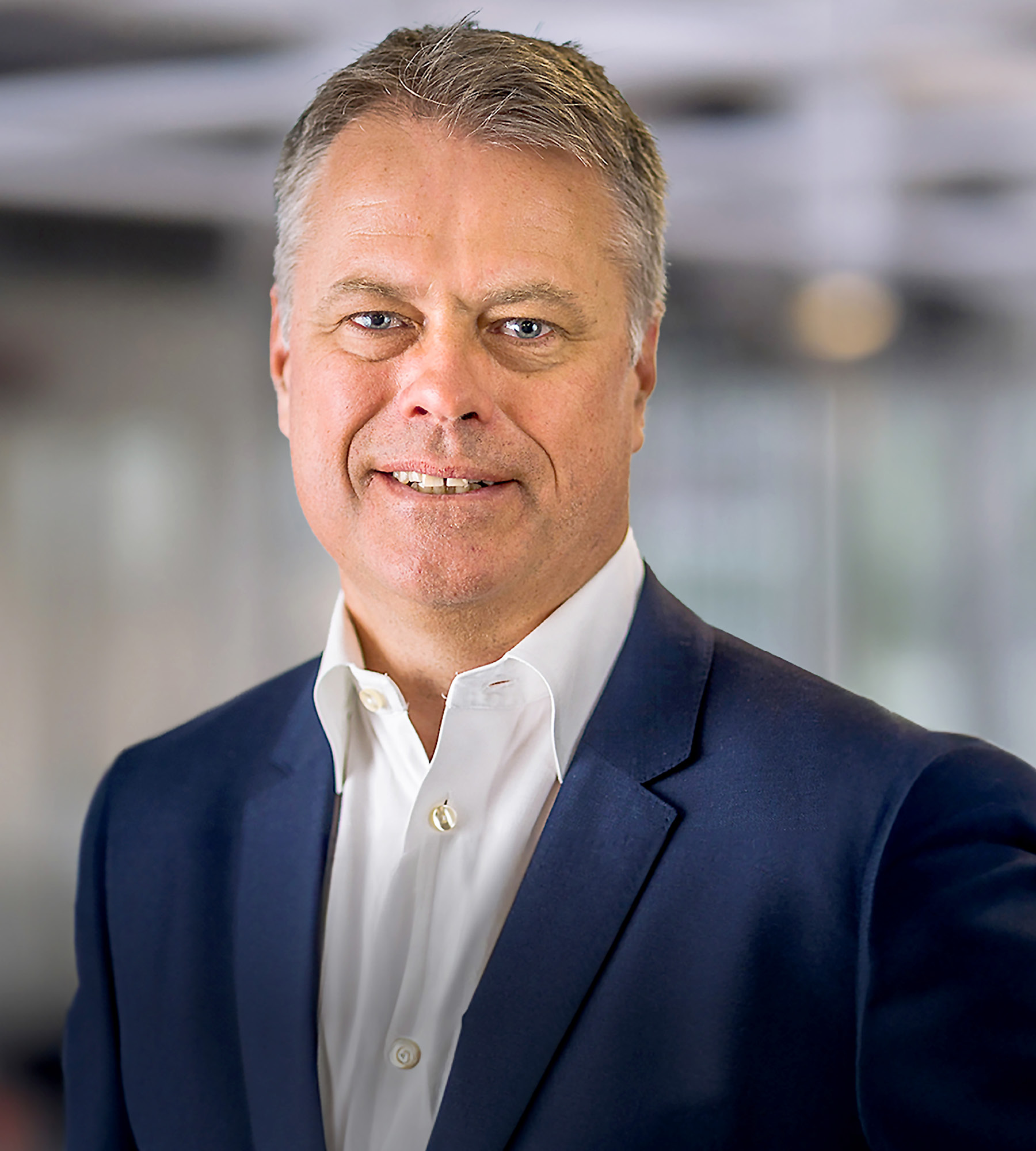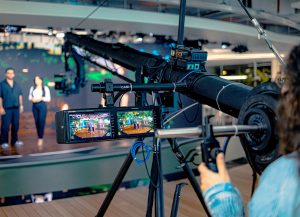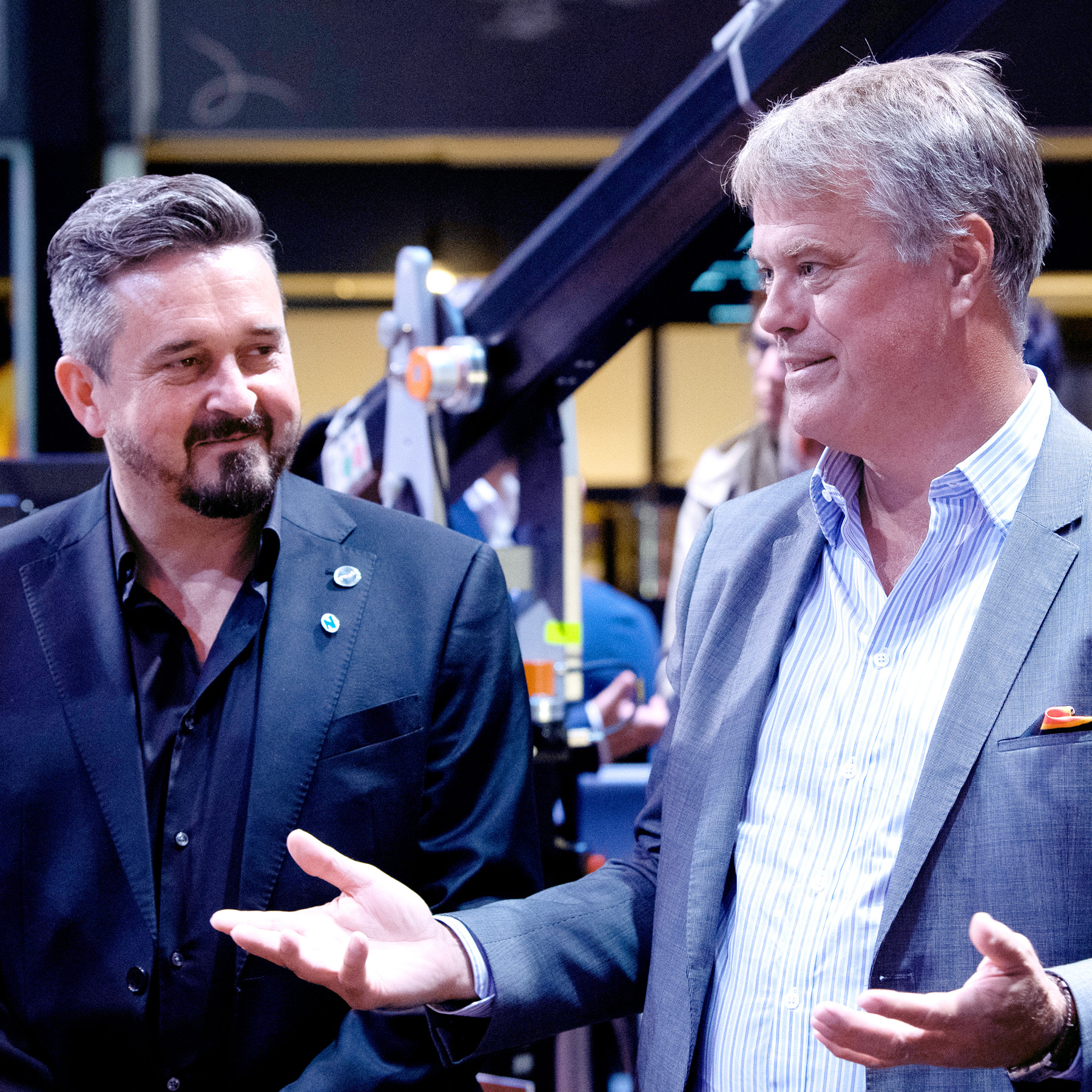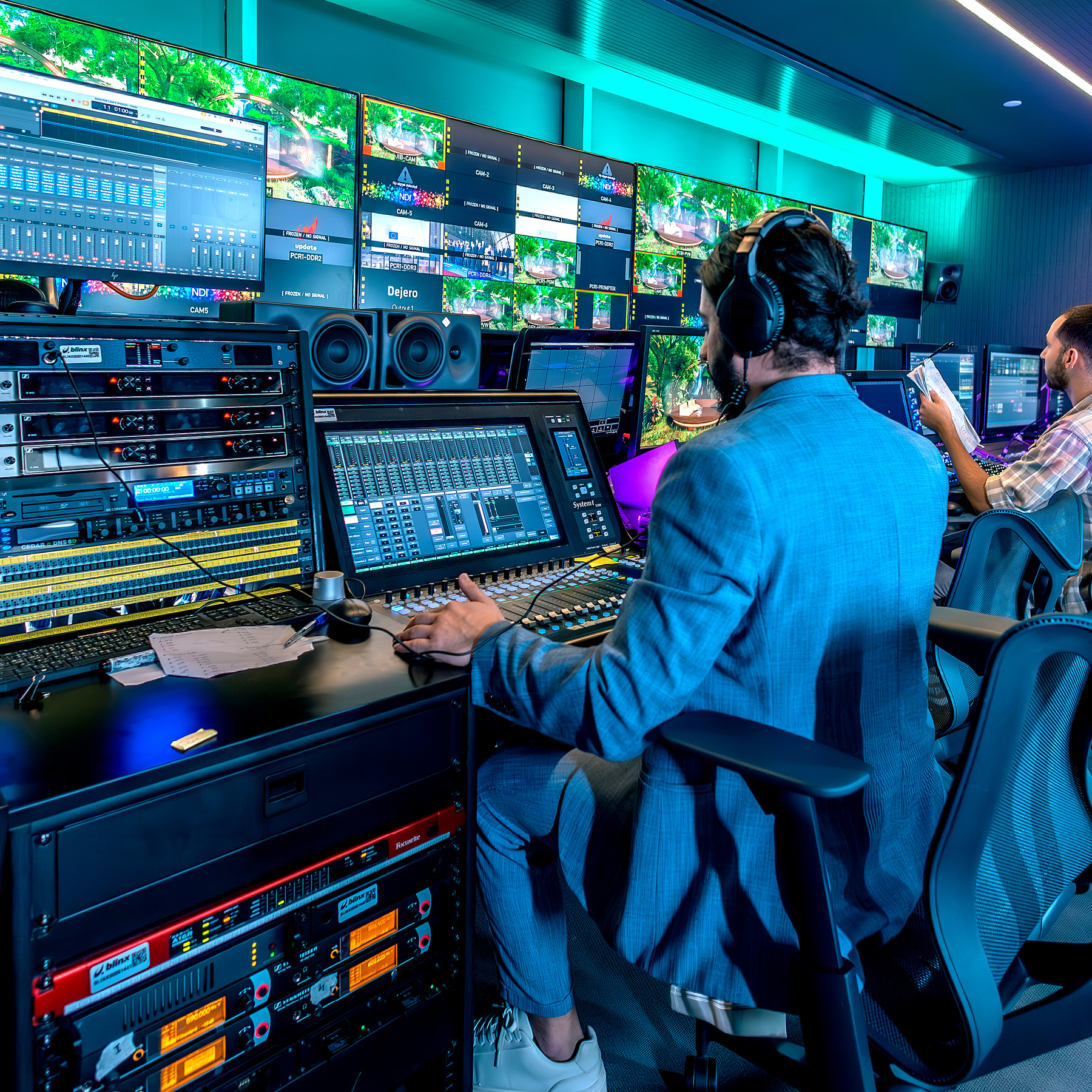Language
You can read the magazine in one of the following languages
Geolocation
You can read the global content or the content from your region


Starting a new business is a major undertaking that requires immense planning, financing and market research, to name only a few essential tasks. For many companies, finding the first customer can be the biggest challenge and potentially, the very first hurdle.
Yet for some firms, getting the initial client on board can be a significant boost that begins a massive journey to growth. Such was the case with Vizrt, the leader in real-time graphics and live production solutions for content creators across news, sports, broadcast, education, entertainment, live events, digital media and advertising.
Spun off from media company TV 2 Norway a quarter of a century ago, Vizrt was able to quickly attract the attention of media conglomerate CNN.
“Vizrt had grown out of TV 2 Norway’s powerful graphic capabilities,” CEO Michael Hallén explains. “Amazingly, this small Norwegian company got a big company, CNN, as a customer early on and, thanks to this success, made it over to the Atlantic and started to displace the incumbents.”

Billions of people view videos powered by Vizrt daily. If you switch on any media – whether traditional TV, webcasts or Facebook Live – chances are you’re watching something powered by Vizrt.
Clients, such as the BBC, NBC, The Supreme Court of the United Kingdom and more than 80 percent of the United States’ Fortune 100 companies, turn to Vizrt for graphics and video production tools that attract the attention of viewers for longer.
“That’s really at the heart of what we do. If you want to tell a story, you come to us – we’re the people who make it understandable and beautiful,” he says.
Hallén, an experienced tech executive, describes the ever-changing nature of the high-tech software industry as what drives him in the role.
“I am a guy who likes to build things. I played a lot with LEGO when I was a kid, and I continue to do that on a slightly different level now in building products and companies,” he explains.
Since joining in 2016, Hallén hasn’t looked to disrupt the existing business model. Instead, he’s looked to grow it through a series of acquisitions that all shared a single purpose: “To broaden our portfolio so we can basically serve a larger audience,” he reveals.

Of course, nothing had prepared him or his colleagues for the COVID-19 pandemic, which swept the world in 2020. But thanks to strength on both engineering and management levels, Hallén and his team were able to prepare for a major shift in early February 2020, just as the pandemic was emerging.
“What we actually did was gather everyone, talk with them and ask, ‘What’s going to happen here for our customers?’” he recalls.
Realizing that there would be a continued need for video to broadcast during the pandemic, the team started to redirect its efforts into remote production.
“We made some cool, off-the-cuff pilots in June with some of our customers and these almost-experimental products actually helped our customers through the pandemic,” he confirms.
Managing talented employees who thrive with a great deal of creative freedom requires a careful approach by leaders.
“If you’re going to achieve anything together, I believe in trying to formulate a very strong, shining beacon somewhere on the horizon. It should always be there so we can look in that direction,” Hallén says.
Empowering staff and giving them the freedom to navigate toward goals under their own responsibility is an important approach for him.
“It’s vital because there is a high level of freedom demanded by not only the new generation, but also everybody who works in these kinds of high-performing environments – they want to be driving their own destiny to some extent.”
What was then merely a live production prototype has since emerged into a real product called Viz Now.
“Thanks to a quick engineering response from within, we’ve not only helped a number of customers to navigate through this difficult situation, but we’ve also innovated a new product,” he says.
What’s more, such technology is also driving sustainability. “It has made it possible for our customers to decrease their environmental footprint significantly because they don’t have to send people or equipment to events.”
Over the past decade, the company has also built an educational platform called Viz University to support customers, channel partners and others.
“We’ve always trained our partners but in the last four years we decided it was time to do it at a world-class level,” Hallén explains.
The result is a fully remote university with clear design educational resources, which allows users to train themselves to model and create virtual sets in the Viz platform.
Innovation continues to be on the menu for Hallén, who works with like-minded partners including blinx, a startup that aims to empower gen Z and Millennials through storytelling.
“This whole company was spun out by innovators at TV 2 Norway and today, we’re able to bring these super cool, advanced ways of producing video down to the individual,” he says.

He adds that this is particularly important in the current geopolitical climate, highlighting how Vizrt technology allows people with little more than a mobile phone the opportunity to express themselves in conflict areas such as the Ukraine.
“We’re able to democratize the production of video and give people in war zones a voice. To be able to do that through video is impactful,” he says.
“There’s a lot of complexity in the world today, and if we can help explain that by putting a lot of graphics into newscasts and making people actually understand what’s going on around them in an easy way, then we’ve succeeded.”